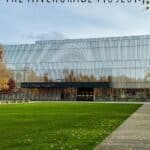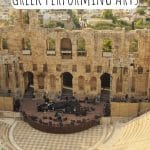Visiting the Alaska Native Heritage Center: A Journey into Alaska’s Indigenous Cultures
If you’re planning a trip to Alaska, there’s no better way to connect with the rich, diverse history of the region than by visiting the Alaska Native Heritage Center in Anchorage. This cultural hub offers a unique opportunity to learn about and experience the traditions, art, and ways of life of Alaska’s indigenous peoples, spanning over 11,000 years of history.
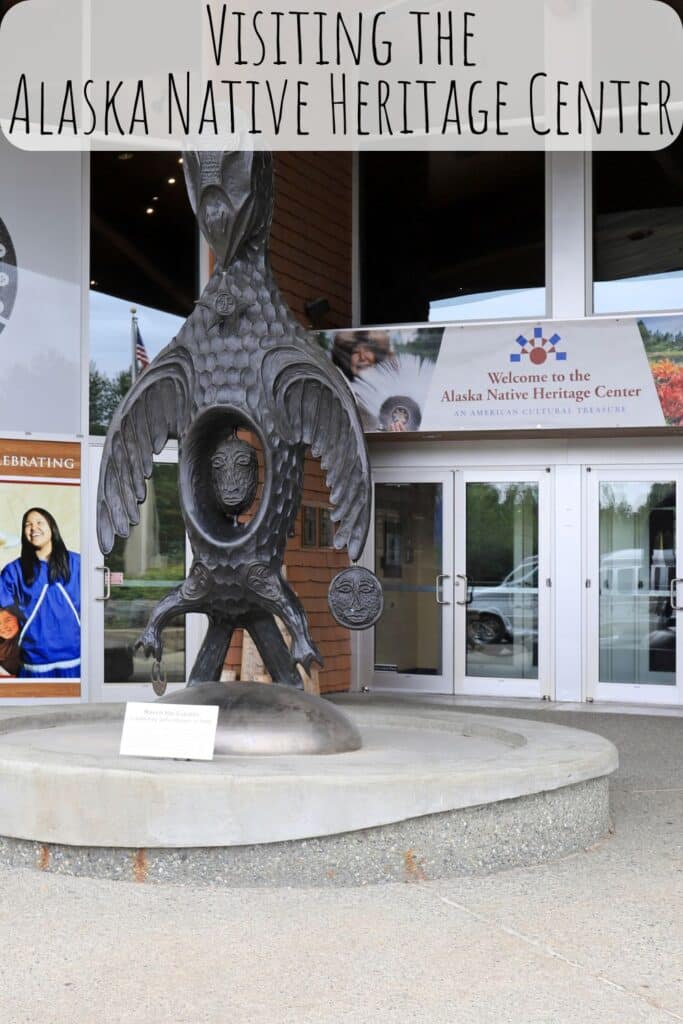
Learning About Alaska’s Indigenous Cultures
Alaska is home to a diverse array of Native groups, each with its own language, traditions, and history. The Alaska Native Heritage Center honors and showcases this diversity through interactive exhibits, outdoor displays, cultural performances, and educational programs. The Center is dedicated not only to preserving these cultures but also to fostering understanding and respect between Native and non-Native communities.
Whether you’re a history enthusiast, a cultural explorer, or someone curious about Alaska’s past and present, the Heritage Center offers something for everyone.
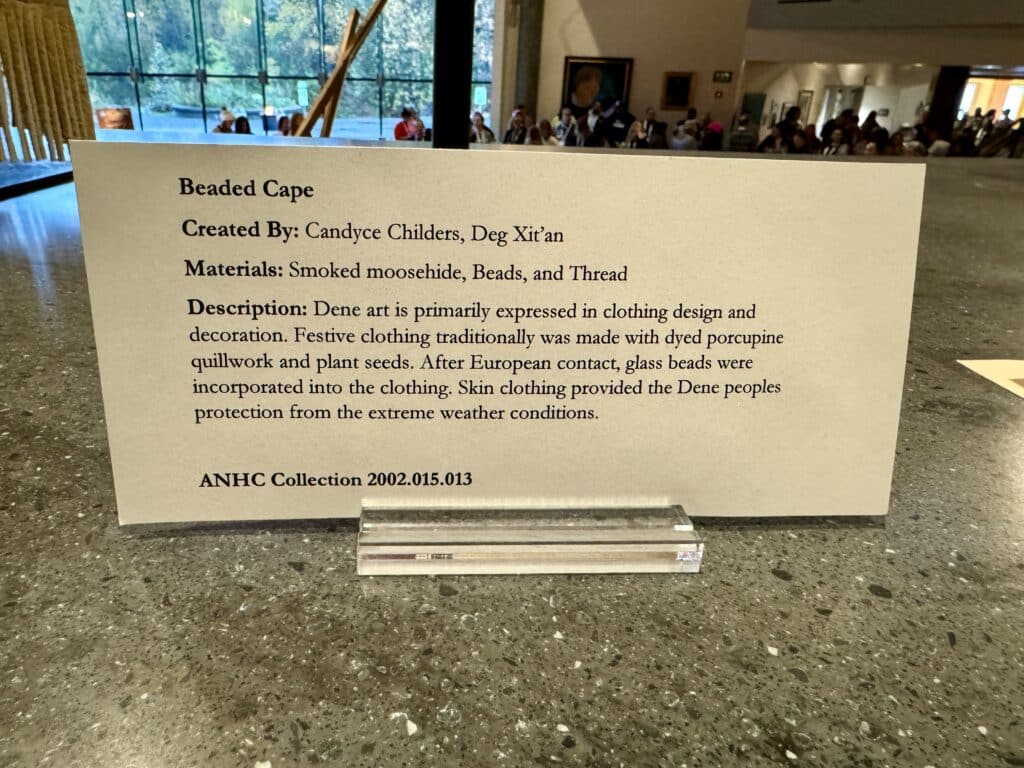
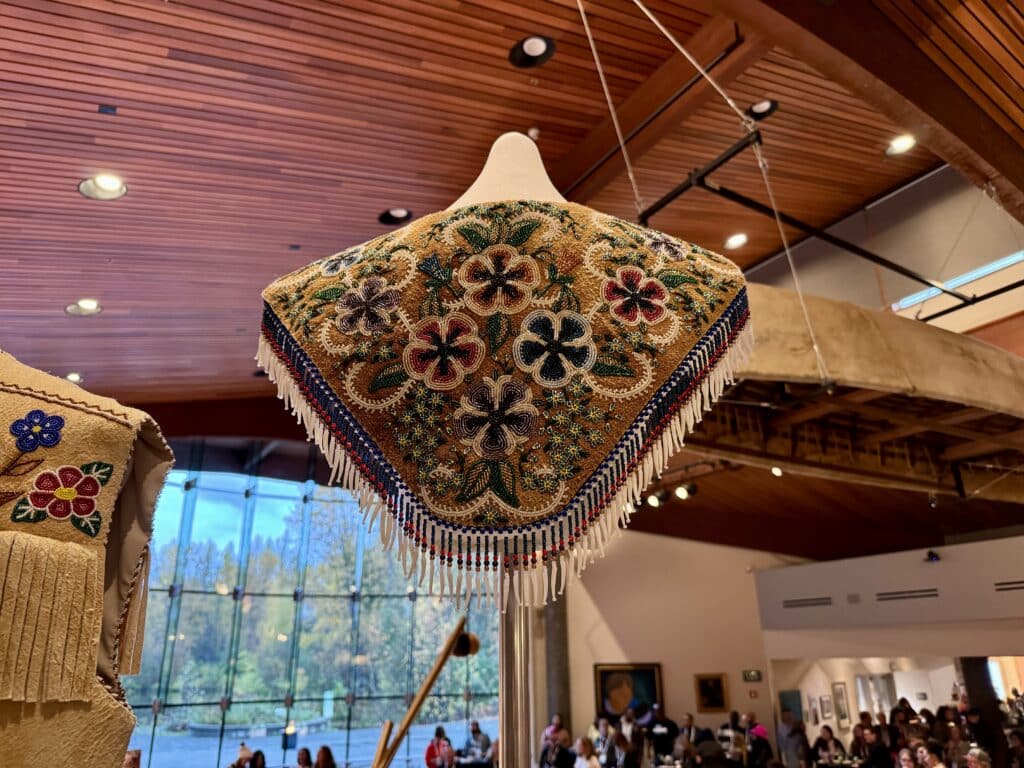
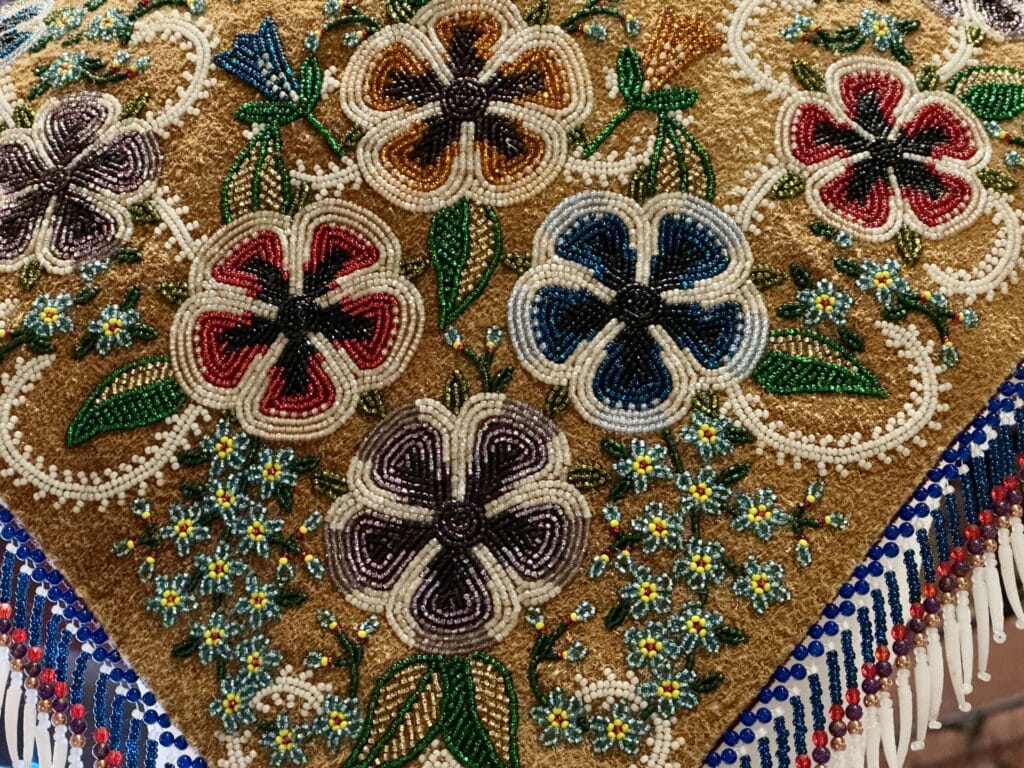
Location and Overview
The Alaska Native Heritage Center is located in Anchorage, Alaska, just a short drive from the city center. Set against the backdrop of the stunning Alaskan landscape, the Center’s location provides a sense of connection to the environment that has shaped the lives of Alaska’s indigenous peoples for millennia.
Opened in 1999, the center serves as both a museum and a living cultural space. It provides a platform for Native artists, storytellers, and cultural leaders to share their knowledge and experiences. The Center is also a gathering place for community events, workshops, and performances throughout the year, offering a constantly evolving experience for visitors and locals alike.
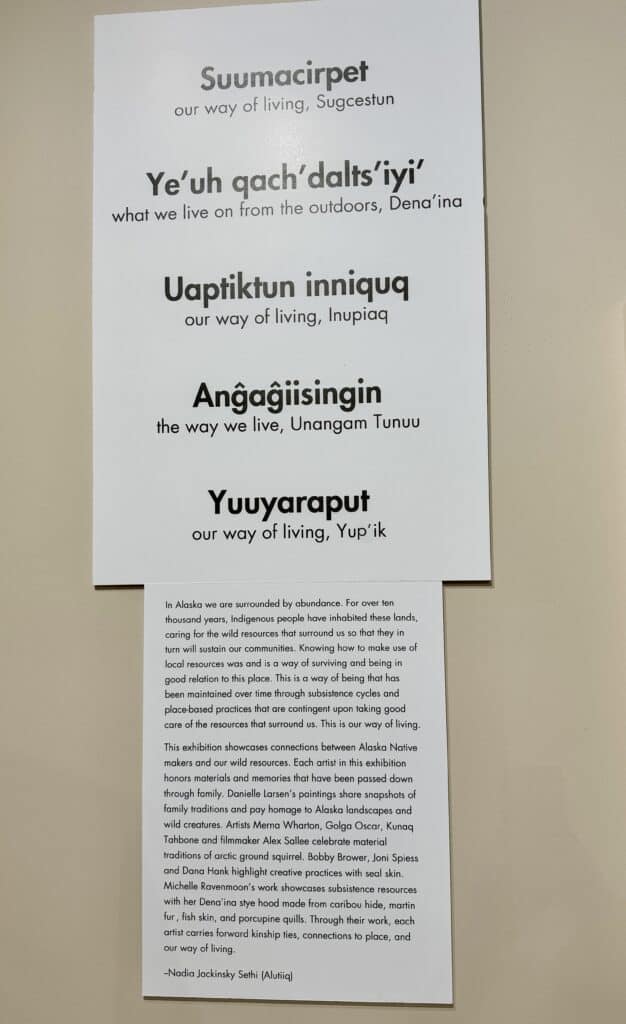
The Exhibit Galleries
The indoor exhibits at the Alaska Native Heritage Center are the perfect introduction to the complex and varied cultures of Alaska’s indigenous peoples. The five major cultural groups of Alaska are represented, the Aleuts, Inupiat, Yuit, Athabascans, and Tlingit and Haida, among others.
The Hall of Cultures features displays that highlight different cultural groups, with important cultural themes such as traditional subsistence practices, art, languages, and spiritual beliefs. Many artifacts from the different cultural groups are on display, including intricately carved totem poles, clothing made from animal skins, tools, and weapons used for hunting, fishing, and survival in the harsh Alaskan environment. These exhibits provide an intimate glimpse into the lives of Alaska’s Native peoples and their enduring relationship with the land. Some exhibits are permanent, others are not.
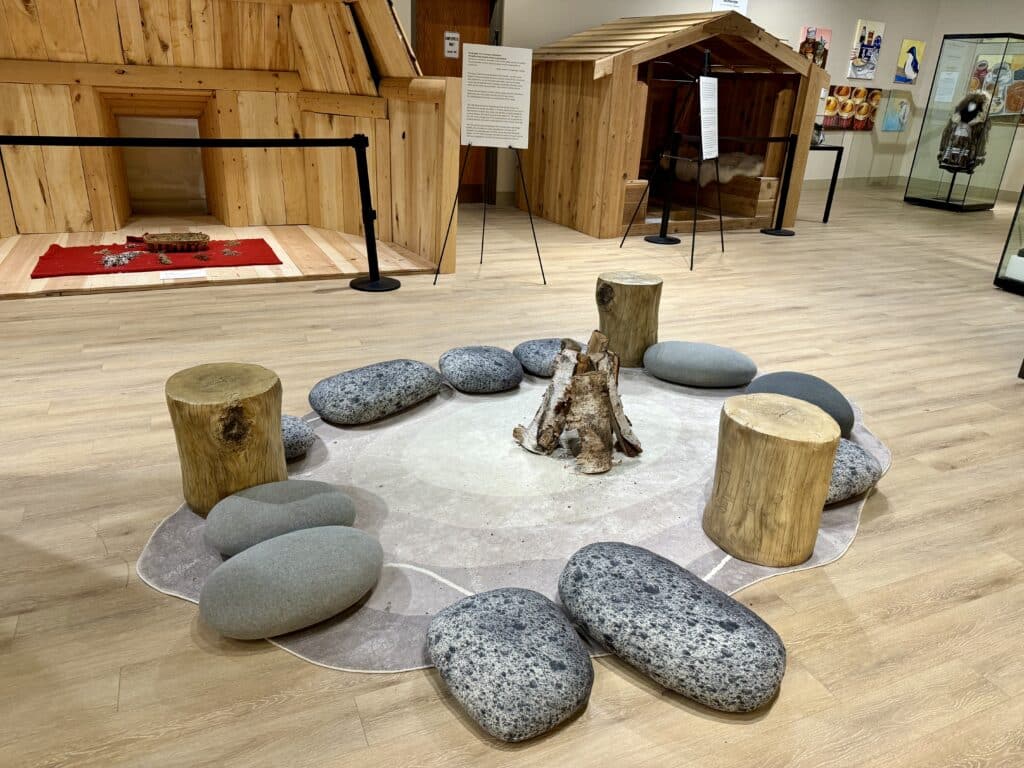
One of the most striking elements of the indoor exhibits is the highlighting of the struggles endured at the hands of colonizers, often under the guise of Christian missionary work. To read and see the history of the Boarding School Era is to leave the Center a changed person. The exhibit doesn’t shy away from the violent truth. While I always enjoy looking at beading and crafts, it is of the highest importance that we acknowledge what has happened and the repercussions that are still being dealt with today.
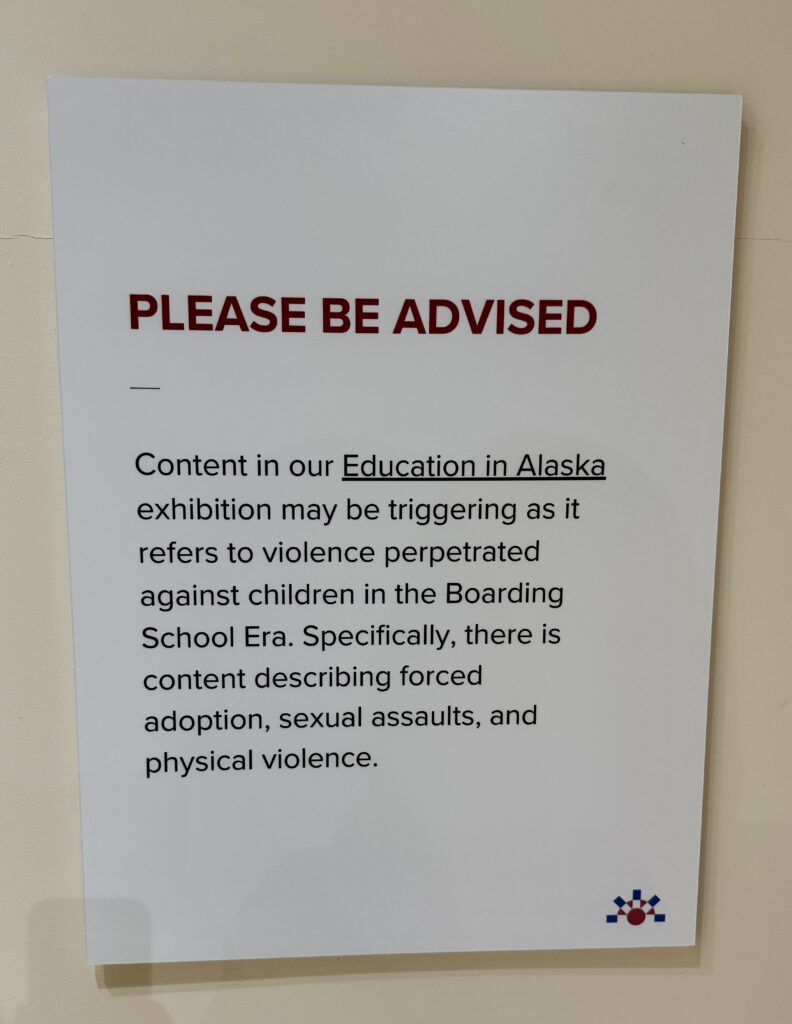
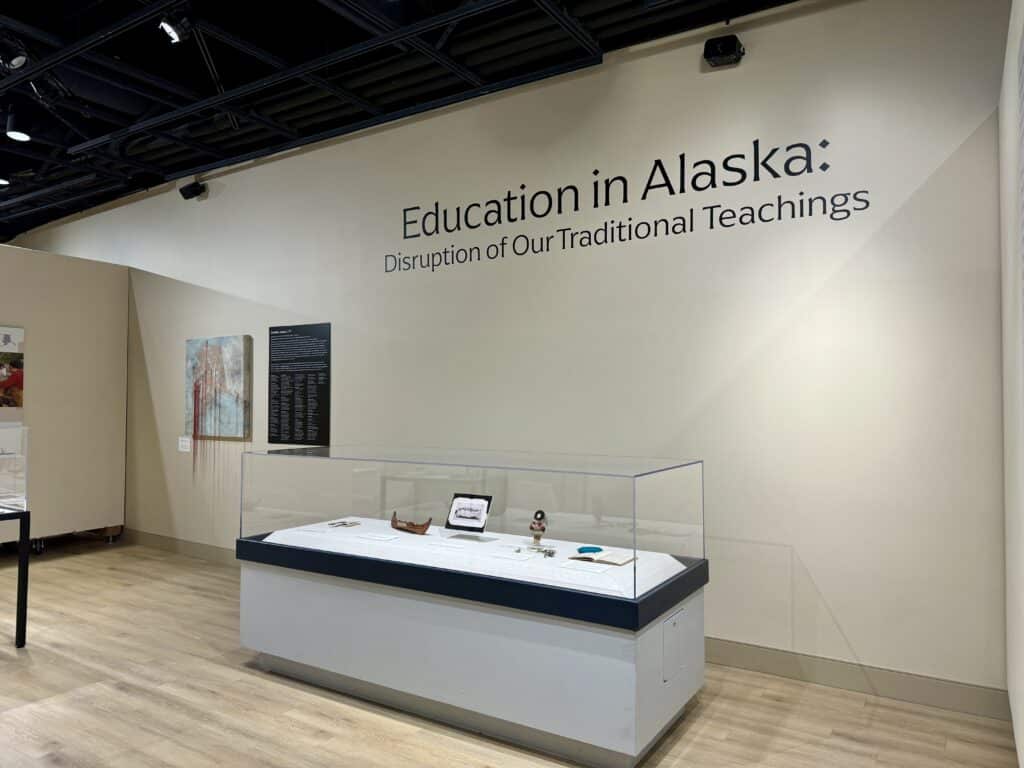
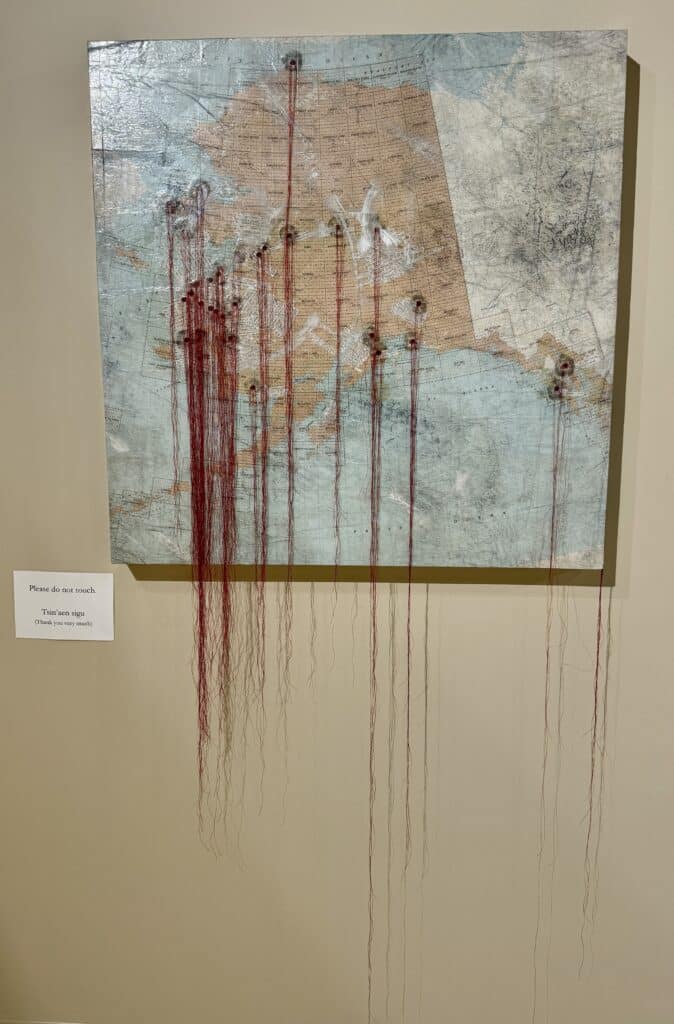
Outdoor Village and Traditional Dwellings
The outdoor portion of the Heritage Center is where the experience truly comes to life. Here, visitors can explore traditional Native dwellings from various cultures. These outdoor exhibits showcase full-scale models of homes, including a Tlingit clan house, an Athabaskan winter house, and an Iñupiat sod house. These structures are incredibly detailed, designed to replicate the materials and techniques used by Alaska Native peoples for shelter and survival in different environments.
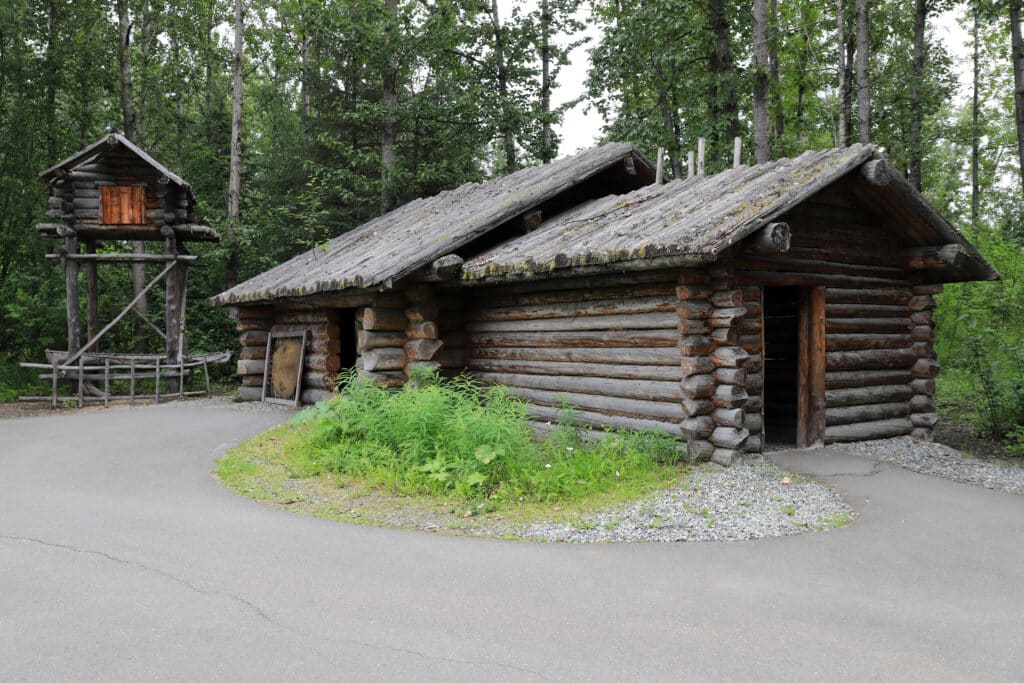
Walking through these dwellings provides an immersive experience, allowing you to imagine what life was like for Alaska Natives in centuries past. For example, the Tlingit clan house is a massive wooden structure with carved totem poles, while the Iñupiat sod house is a low, dome-shaped building made of earth and grass. These houses were built to withstand extreme weather conditions, and they offer valuable insights into the resourcefulness and ingenuity of Alaska’s indigenous peoples.
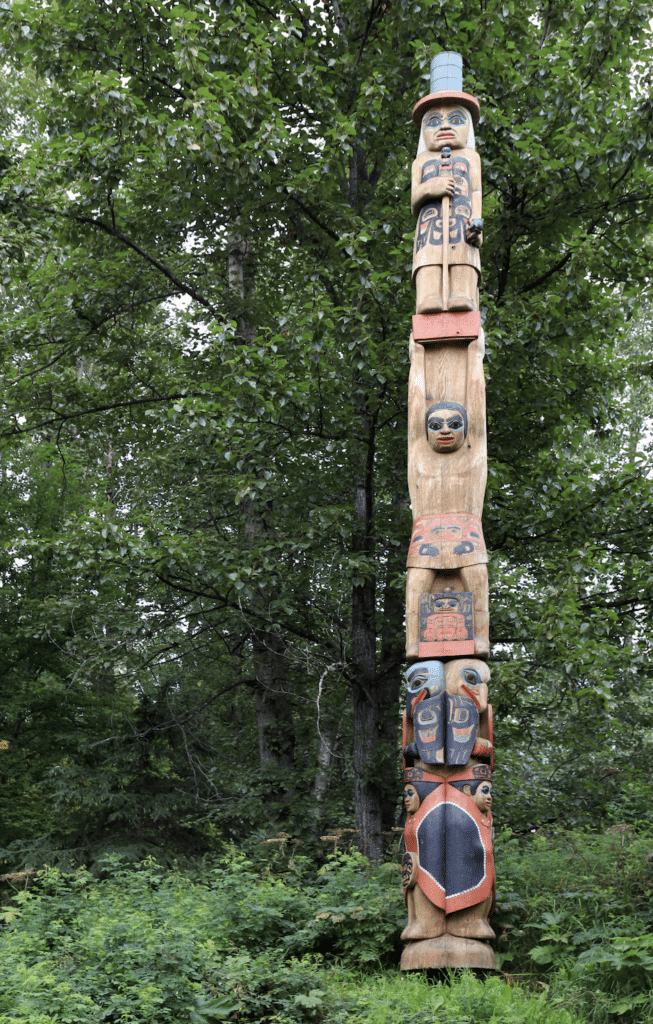
In addition to the traditional dwellings, the outdoor area also includes a traditional fish camp, where visitors can learn about the significance of fishing in Native cultures. You can also explore a reconstructed kayak, a symbol of the maritime traditions of the Aleut people, and take part in storytelling sessions or demonstrations that teach visitors about Native subsistence activities.
Cultural Performances and Storytelling
One of the most enriching aspects of visiting the Alaska Native Heritage Center is the opportunity to experience the living culture of Alaska’s indigenous peoples. Throughout the year, the Center hosts a variety of performances and storytelling events that showcase Native dance, music, and oral traditions. These performances are often led by Native artists and cultural leaders, providing a deeper understanding of the art forms that are integral to Native life. The Center hosts events, which is how I was given the opportunity to visit (although I would have made the effort anyway), and we were treated to performances and music while we were there.
The performances often include traditional songs and dances that have been passed down through generations. For example, visitors might watch a Tlingit dance performance, which tells stories of the group’s history and connection to the land. Similarly, Inuit storytelling traditions are brought to life through spoken word and song. These performances provide a sense of the vibrancy of Native culture and its continued relevance in modern times.
Storytelling is a fundamental part of Native traditions in Alaska. It is how history, laws, and values were passed down from generation to generation before the advent of written language. At the Heritage Center, visitors can experience these traditions firsthand by listening to elders and storytellers share tales that reflect the worldviews, beliefs, and experiences of Native peoples.
Educational Programs and Workshops
The Alaska Native Heritage Center offers a variety of educational programs and workshops aimed at visitors of all ages. For families and children, hands-on activities like basket weaving, carving, and drum-making provide a fun and interactive way to learn about Native cultures (I later found out that there was a workshop going on during our event–I would have happily ducked away to attend!). These workshops are often taught by Native artists and craftspeople, giving visitors the chance to learn from people who are deeply rooted in these traditions.
The Center also offers specialized programs for students and educators, including curriculum guides, school tours, and teacher workshops. These programs focus on topics like Native history, cultural preservation, and the social issues faced by indigenous communities today. By providing these resources, the Center is helping to educate the next generation about the importance of cultural understanding and respect.
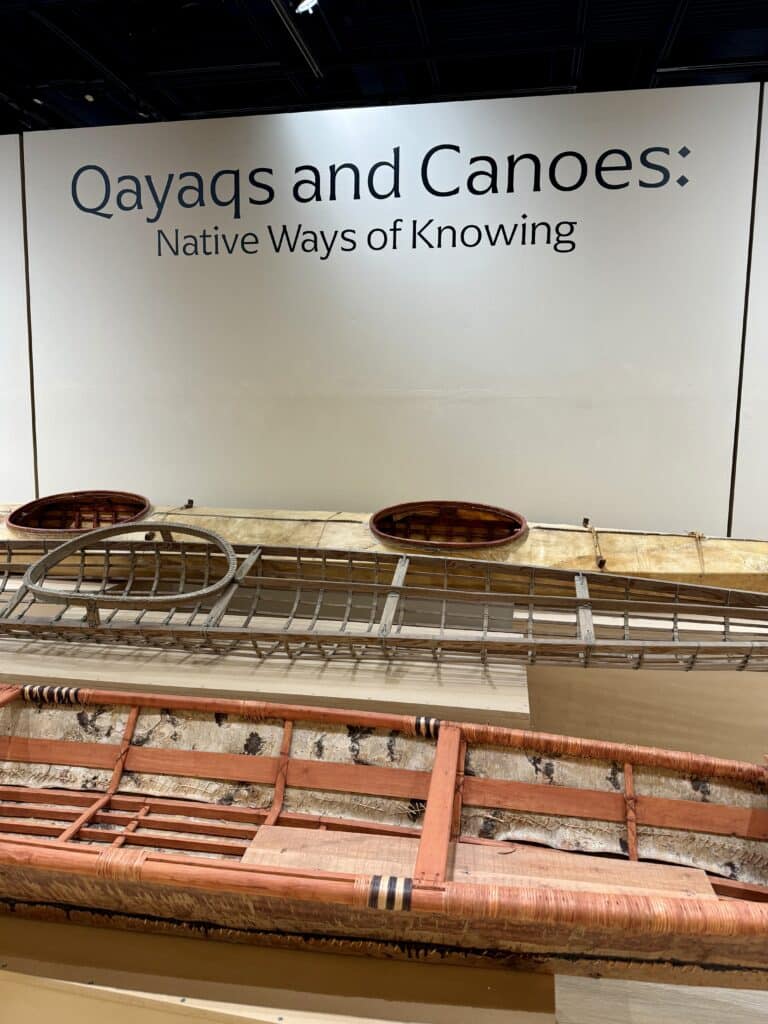
The Importance of the Alaska Native Heritage Center
The Alaska Native Heritage Center plays a vital role in preserving the cultural heritage of Alaska’s Native peoples. It serves as a bridge between cultures, helping to foster greater awareness, understanding, and respect for indigenous traditions. For Alaska Native communities, the Center is an essential institution for cultural revitalization and empowerment, providing a space where their stories, values, and art are celebrated and respected. It should also be a stop for any tourist–I firmly believe in the importance of learning local culture and acknowledging the land and people who came before the fancy cruise ships took over.
The Heritage Center also helps to preserve languages that are at risk of disappearing, offering programs and resources to support language revitalization efforts. Many of the languages spoken by Alaska’s Native peoples are endangered, and the Center’s work in this area is critical to ensuring that these languages are passed on to future generations.
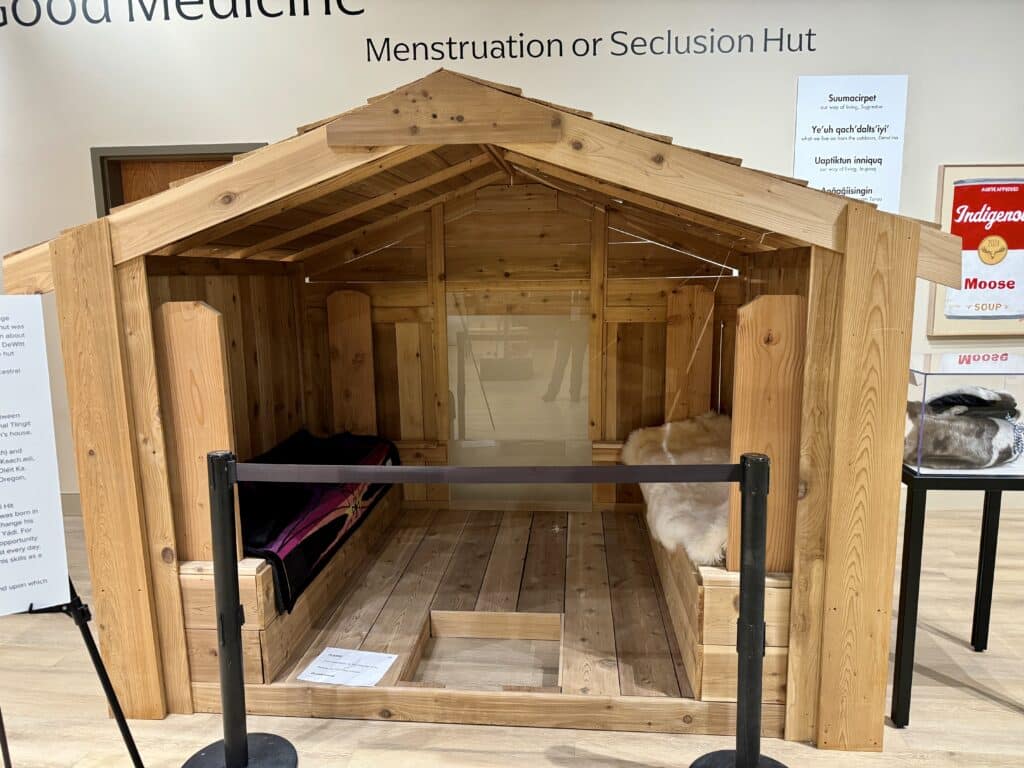
Visiting the Alaska Native Heritage Center is an enriching experience that provides a deeper understanding of Alaska’s indigenous peoples and their cultures. Whether you’re exploring the museum’s exhibits, walking through the outdoor village, or witnessing a traditional dance performance, the Heritage Center offers a unique and immersive way to connect with the past, present, and future of Alaska’s Native communities. It is a must-see destination for anyone interested in learning about the history, art, and traditions of the people who have called Alaska home for thousands of years.
By visiting the Alaska Native Heritage Center, visitors are not only gaining insight into Alaska’s cultural heritage but are also contributing to the preservation and celebration of Native traditions for generations to come.
